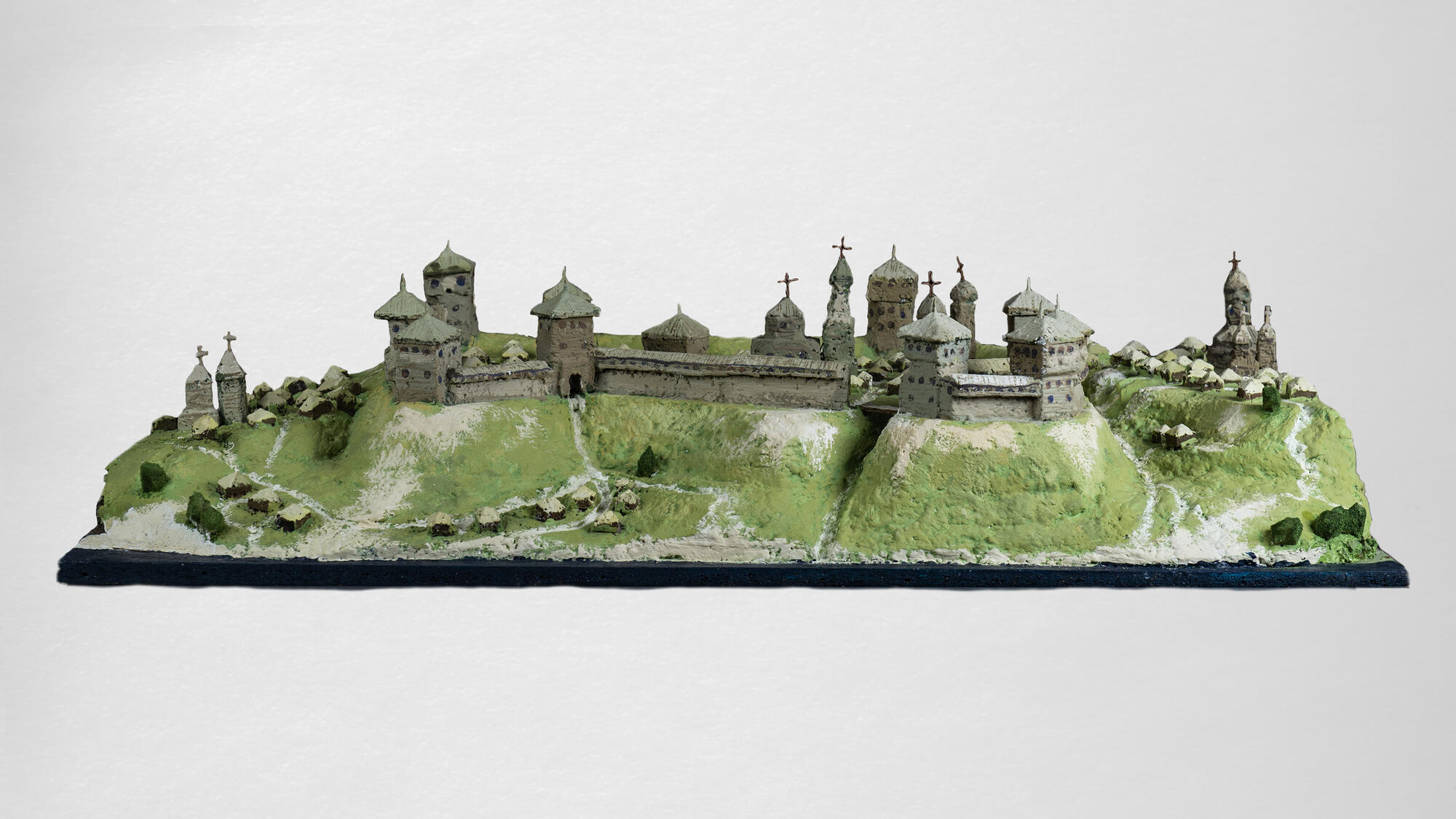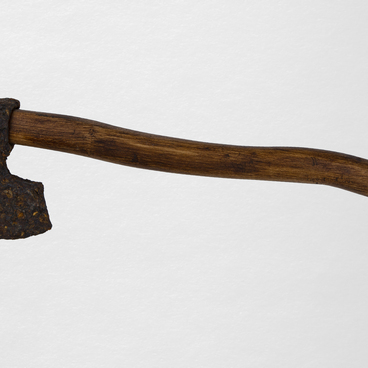Along the perimeter of the rampart, 14 loopholes with artillery and many observation towers called “izbitsy” were arranged. Under the rampart were located several “prislony” — special shelters.
It is known that in 1534 the military post of this fortress led by the Tsar’s deputy Matvei Lykov did not surrender to the Lithuanians. The invaders burned the fortress together with the soldiers inside.
In the first half of the 17th century, when the Polish-Lithuanian Commonwealth controlled the local lands, a Polish nobleman Alexander Pyasochinsky founded a new town of Pogar in the place of the ruined Radogoshch. Pyasochinsky built his residence on a hill. The locals called the building “zamok” (a castle), and the place where it was located was called Zamkovaya Gora (Castle Hill).
New walls surrounded the castle and the place of the old fortress. Dwelling houses, a military office and a stone armory were built on the territory of the new ostrog. There was also a townhall and a market square next to it.
In October 1708, during the war with the Swedes in Pogar, a military council was held with Count, Field Marshal General Boris Sheremetev. The day before that, the Pogar fortress was fortified by Bryansk engineers. But even fortified, the Pogar fortress could not withstand the onslaught of the enemy. The generals made a decision to burn the city down in case of an attack of large Swedish forces on Pogar. The Swedes did not storm Pogar, so the fortress survived.
By the end of the first quarter of the 18th century, the fortress had fallen into decay. Some of the buildings were rotten and others were taken to pieces by locals. In 1716, the head of Pogar reported to the Starodubsky colonel that Galetsky, a sotnik (a lieutenant of Cossack troops) from Pogar patronized the pillaging of the Pogar ostrog. With the “protection of this sotnik, colonel Starodubovsky’s wife stole a log from Brama Pogarskaya.”
Pogar lost its military significance in the 19th century. The remains of the earth ramparts have been preserved to this day.



